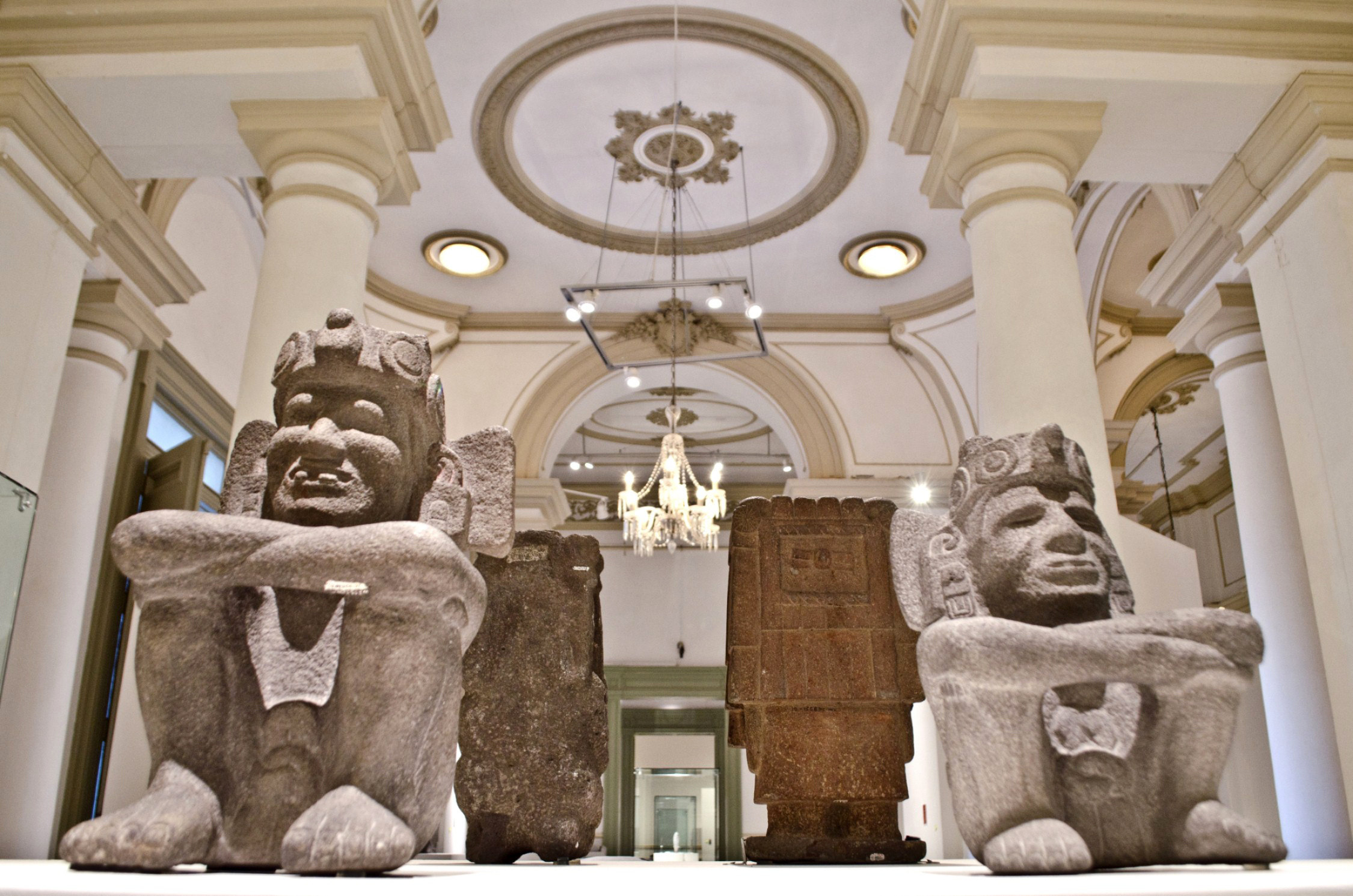
Mexican expo reveals how Aztecs, Mayas influenced each other
The exposition "Mexicas, Elegidos del Sol" (Mexicas, Chosen by the Sun) at the Canton Palace Regional Museum in Yucatan shows the results of 40 years of…
The exposition "Mexicas, Elegidos del Sol" (Mexicas, Chosen by the Sun) at the Canton Palace Regional Museum in Yucatan shows the results of 40 years of research by the National Anthropology and History Institute (INAH) and reveals the interchanges between the Mexica (Aztec) and Mayan cultures.
The traveling expo, which includes 118 pieces from the Templo Mayor Museum and the National Museum of Anthropology, has been presented in New Zealand, Mexico City, Canada and Australia, but never on the Yucatan Peninsula, museum director Giovana Jaspersen Garcia told EFE.
Visitors to the exposition, she said, will find some national symbols that are not common around the country, and will come to understand why the national emblem is an eagle devouring a serpent.
The collection, on show in Merida until next April, includes ceramic vessels, weapons, obsidian scepters and sculptured stone faces that were among the offerings found around the Templo Mayor in what is today Mexico City.
"The collection also shows visitors that the Aztec and Mayan Empires were always fighting, but one never fully conquered the other. There were also constant interchanges, a consistent trading of influences and the shift to a more diverse Mexico," Jaspersen said.
RELATED CONTENT
Visitors will see, for example, the contact that the Aztec empire had with the Mayan civilization, which never submitted to the Nahuas of central Mexico.
"Mexicas, Elegidos del Sol" also explains how the Aztecs founded a widespread empire that dominated a large part of Mesoamerica with powerful military campaigns, as well as the importance of a religion that ruled all aspects of life and its relation to war and conquest.
Jaspersen noted that the pieces on show are the result of studies headed by specialists and researchers of the INAH, headed by Leonardo Lopez Lojan.
She also said that those at the Yucatan museum are "proud" to release the results of 40 years of research in the Templo Mayor project, "because they bring us a better understanding of the history and the technological and artistic achievements of central Mexico" in pre-Columbian days.










LEAVE A COMMENT: